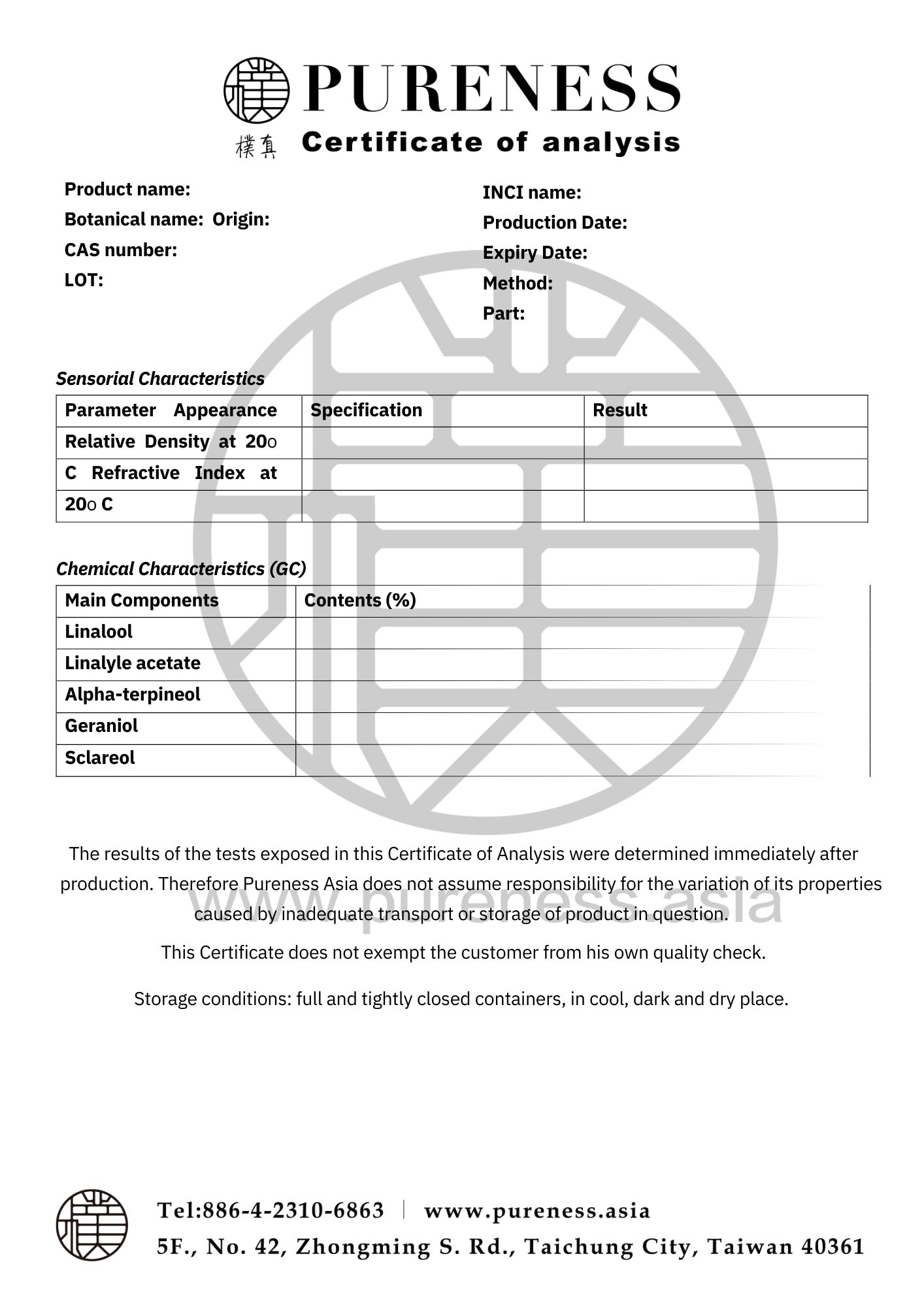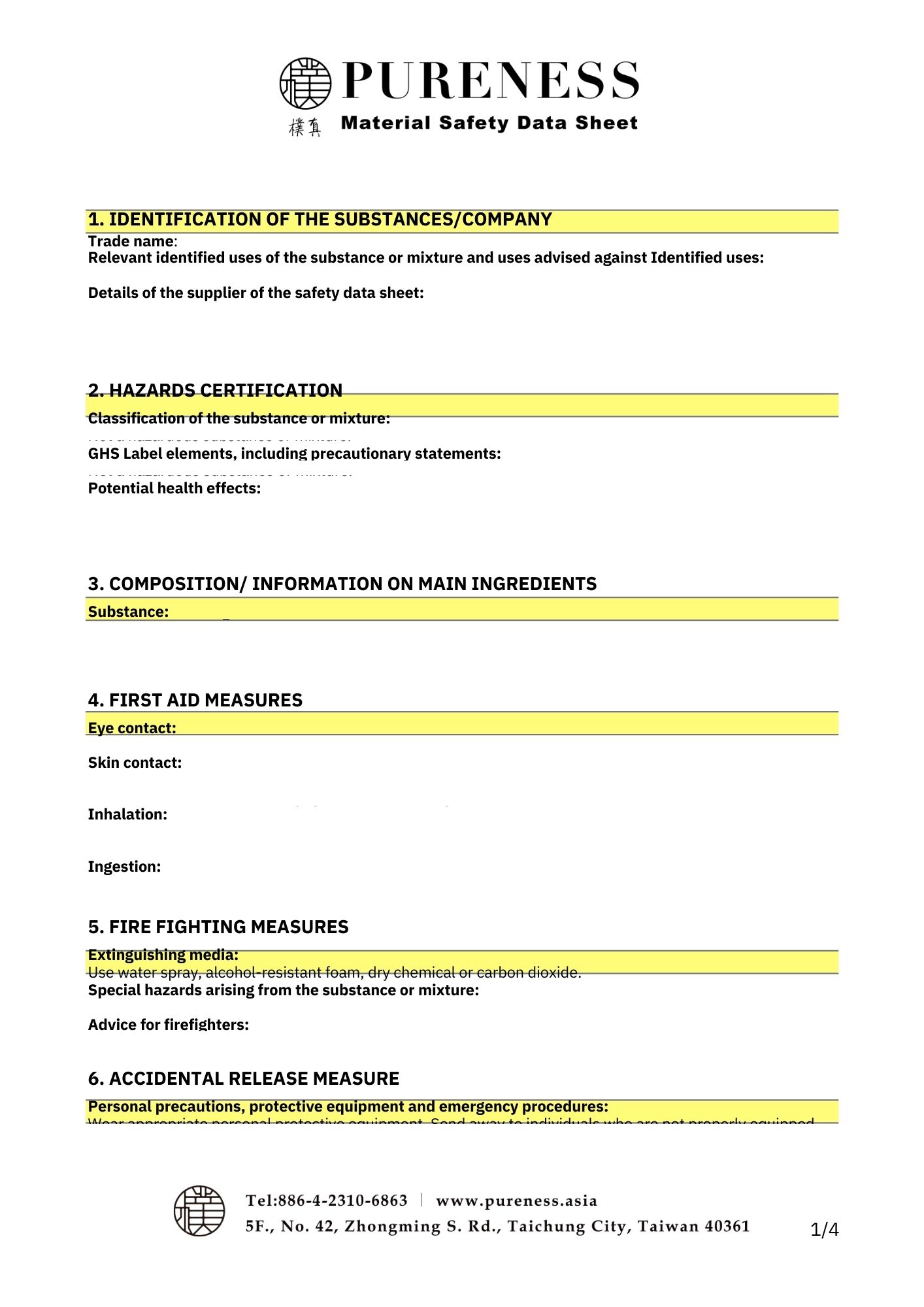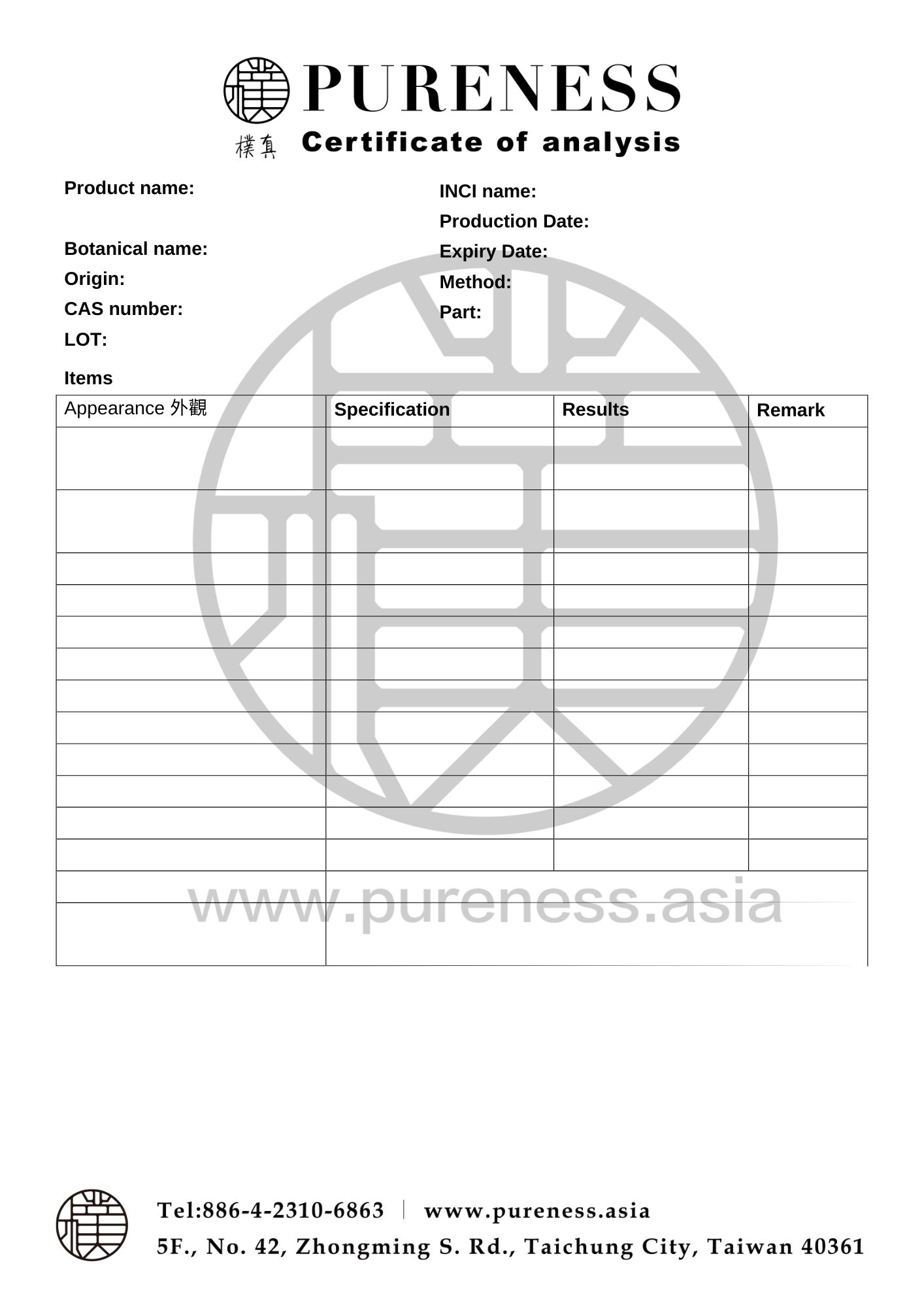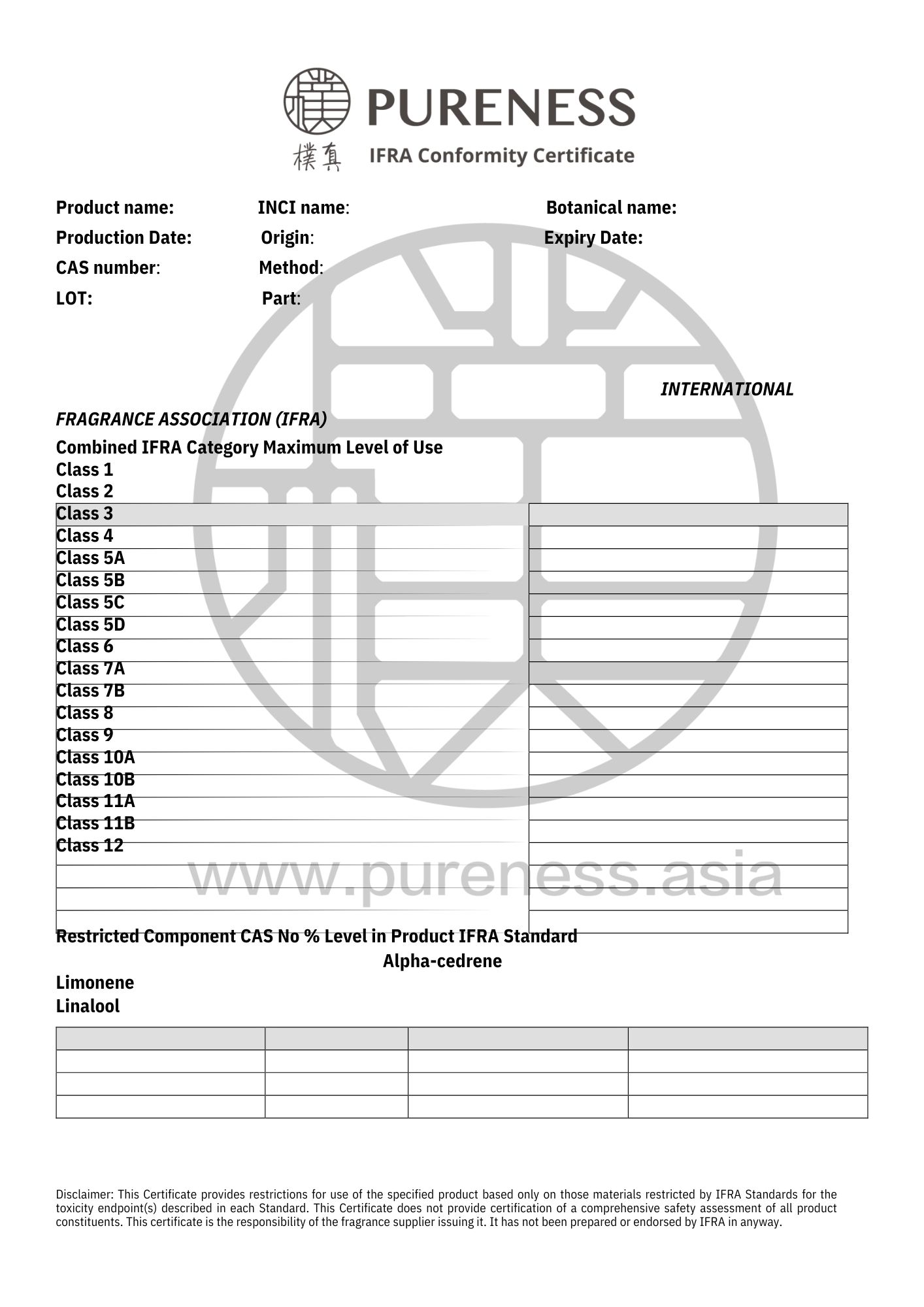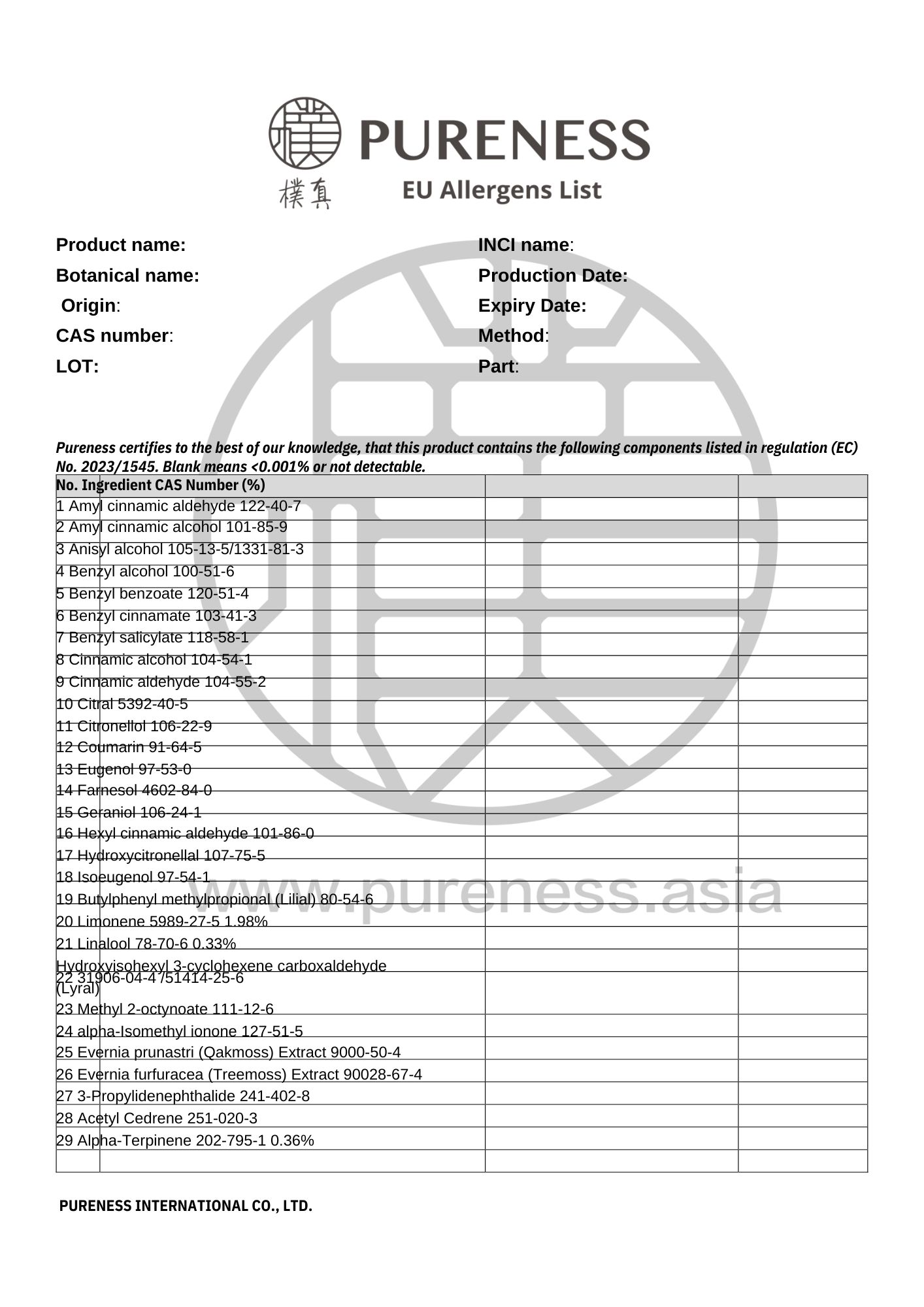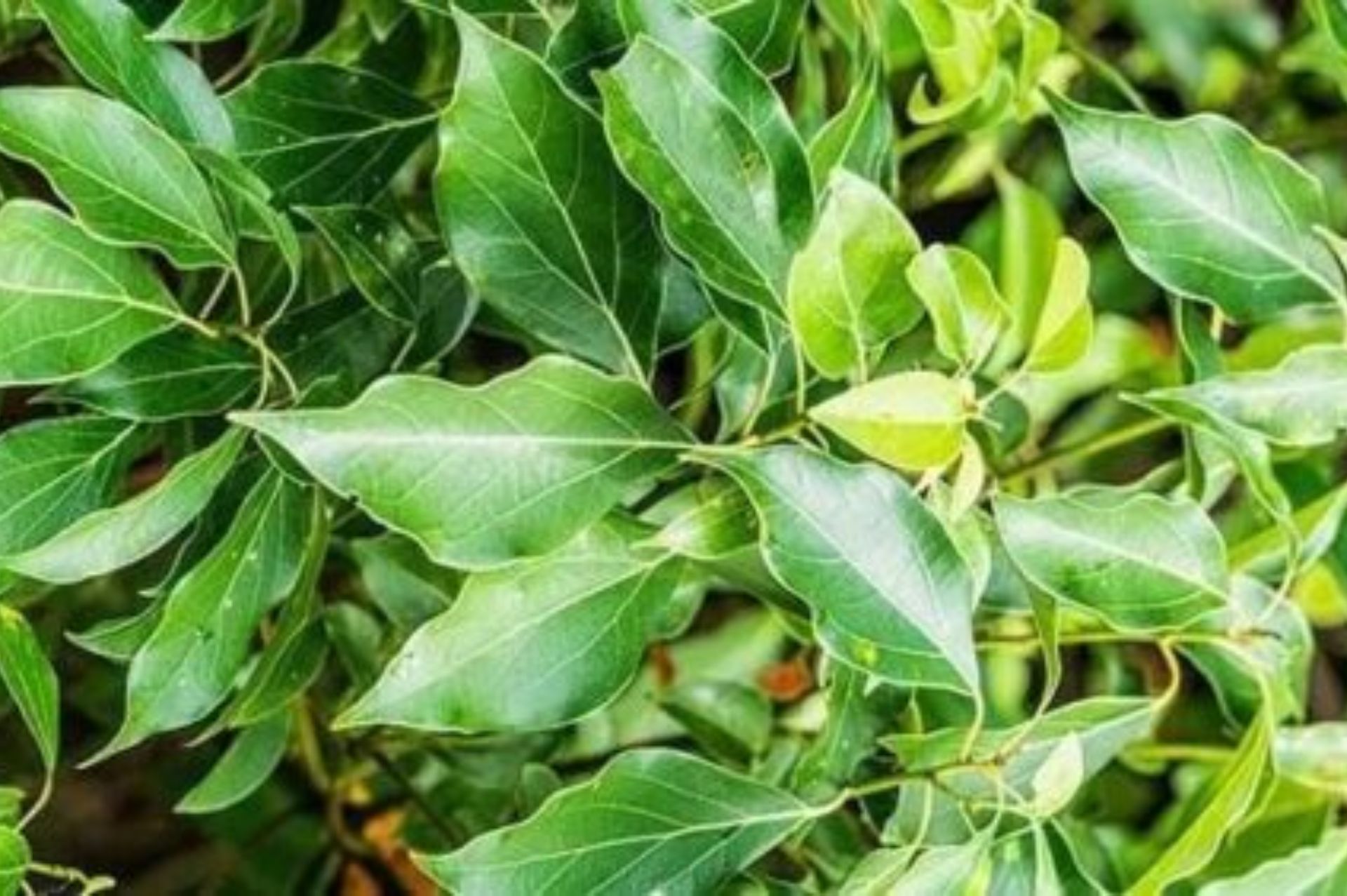
Ravintsara
Scientific name|Cinnamomum camphora
Origin|Madagascar
Classification|Leaf series
Specifications|500g-25kg Please contact sales for details
Extraction part|Leaves
Extraction method | Distillation
Plant family|Lauraceae
Aroma|Mild camphoraceous aroma, fresh and clean leafy fragrance
▎Essential Oil Introduction
Preferred from the eastern rainforest of Madagascar, it is a "bright pearl" in the earth's ecosystem. It has a unique geographical location. The climate varies greatly across the island. The tropical rainforest climate in the eastern part of the island is low latitude, hot and rainy all year round. Provides a high-quality growing environment for Ravintsara.
Due to the abundant sunlight, Ravensara leaves also contain a wealth of valuable essences. Because of its remarkable performance in promoting human health, it is hailed as the national tree of Madagascar, and there are many Ravensara trees over 200 years old planted both inside and outside the presidential palace.
Ravintsara essential oil can improve concentration, open up good communication skills, help adapt to the environment, and relieve fatigue caused by work.
▎Component Analysis
|Main Component: Oxides
The main component is 1,8-cineole (known to have mucolytic effects), α-Terpineol, and also trace elements such as α-pinene, camphene, and limonene.
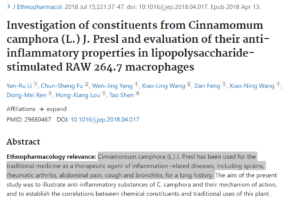
▸ Ravintsara contains phenylpropanoid, lignans, flavonoids, coumarins and terpenoids, which have been studied in vitro for inflammation.
|Component 1: 1,8 cineole
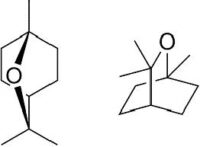
▸ Chemical Properties: With up to 62.6% of the oxide (1.8-cineole) component, Ravintsara essential oil has a strong regulatory effect on the respiratory system. Its uplifting and fresh scent can boost the mood and stimulate the body's resistance to the environment.
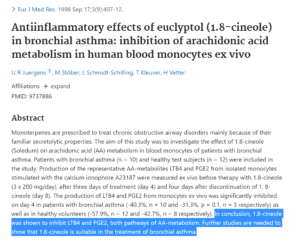
▸ An in vitro experiment showed that 1,8-cineole can stimulate mononuclear leukocytes, thereby mediating the production of cytokine LTA4 and prostaglandin PGE2, which are both arachidonic acid AA metabolic pathways. 1,8-cineole has been shown to be suitable for treating bronchial discomfort.
|Component 2: α-Terpineol
α-Terpineol, which has a lilac aroma, is a commonly used compound, such as α-T and T-4-on, and has a wide range of different biological effects on humans, animals, and plants.
- Uses: Not only are they popular fragrance ingredients used in perfumes, cosmetics, and household cleaning products, but they are also used to flavor foods and beverages. They also possess several important biological and pharmaceutical properties. In addition, terpineol is also used in soaps, pesticides, pharmaceuticals, plastics, telecommunications and instrument industries, and as a solvent for color on glassware.
|Raw Material Certifications
To obtain relevant certification information, please contact us on WhatsApp.
▎References
- Jihai Zhou , Kun Cheng , Guomin Huang. Effects of exogenous 3-indoleacetic acid and cadmium stress on the physiological and biochemical characteristics of Cinnamomum camphora. Ecotoxicol Environ Saf. 2020 Mar 15;191:109998.
- Zhang GF, Huang QL, Bi XQ, Liu YL, Yuan ZS. Analysis of endophytic bacterial community diversity and metabolic correlation in Cinnamomum camphora. Arch Microbiol. 2020 Jan;202(1):181-189.
- Chen J, Tang C, Zhang R, Ye S, Zhao Z, Huang Y, Xu X, Lan W, Yang D. Metabolomics analysis to evaluate the antibacterial activity of the essential oil from the leaves of Cinnamomum camphora (Linn.) Presl. J Ethnopharmacol. 2020 May 10;253:112652.
- Na-Jin Kang et al. Cinnamomum camphora Leaves Alleviate Allergic Skin Inflammatory Responses In Vitro and In Vivo. Toxicol Res. 2019 Jul;35(3):279-285.
- Wenting Wang , Dongxiang Li , Xiaoqin Huang. Study on Antibacterial and Quorum-Sensing Inhibition Activities of Cinnamomum camphora Leaf Essential Oil. Molecules. 2019 Oct 21;24(20):3792.
- Liu X, Meng Y, Zhang Z, Wang Y, Geng X, Li M, Li Z, Zhang D.Functional nano-catalyzed pyrolyzates from branch of Cinnamomum camphora. Saudi J Biol Sci. 2019 Sep;26(6):1227-1246.
- Pan L, Lie GW, Xue L, Chen HY. Changes of Cinnamomum camphora root characteristics and soil properties under ozone stress in South China. Environ Sci Pollut Res Int. 2019 Oct;26(30):30684-30692
- Effects of Cinnamomum camphora leaf litter cover on soil carbon and nitrogen cycles under different water conditions]. Ying Yong Sheng Tai Xue Bao. 2019 Jan 20;30(1):85-94.
- Ma X, Hu Z, Mao J, Xu Y, Zhu X, Xiong H. Synthesis of cocoa butter substitutes from Cinnamomum camphora seed oil and fully hydrogenated palm oil by enzymatic interesterification. J Food Sci Technol. 2019 Feb;56(2):835-845.
- Huang W, Xu M, Duan H, Bi Y, Yu H. Inhibition of Fusarium oxysporum by AgNPs biosynthesised using Cinnamomum camphora fruit extract. IET Nanobiotechnol. 2019 Feb;13(1):42-45.
- Chen C, Zheng Y, Zhong Y, Wu Y, Li Z, Xu LA, Xu M. Transcriptome analysis and identification of genes related to terpenoid biosynthesis in Cinnamomum camphora. BMC Genomics. 2018 Jul 24;19(1):550.
- Chen S, Zheng T, Ye C, Huannixi W, Yakefu Z, Meng Y, Peng X, Tian Z, Wang J, Ma Y, Yang Y, Ma Z, Zuo Z. Algicidal properties of extracts from Cinnamomum camphora fresh leaves and their main compounds. Ecotoxicol Environ Saf. 2018 Nov 15;163:594-603.
- Li YR, Fu CS, Yang WJ, Wang XL, Feng D, Wang XN, Ren DM, Lou HX, Shen T. Investigation of constituents from Cinnamomum camphora (L.) J. Presl and evaluation of their anti-inflammatory properties in lipopolysaccharide-stimulated RAW 264.7 macrophages. J Ethnopharmacol. 2018 Jul 15;221:37-47.
- Yang B, Liu S, Liu Y, Li X, Lin X, Liu M, Liu X. PAHs uptake and translocation in Cinnamomum camphora leaves from Shanghai, China. Sci Total Environ. 2017 Jan 1;574:358-368.
- Caihui Chen , Yongjie Zheng. The complete chloroplast genome of Cinnamomum camphora and its comparison with related Lauraceae species. PeerJ. 2017 Sep 18;5:e3820.
- Guo X, Cui M, Deng M, Liu X, Huang X, Zhang X, Luo L. Molecular differentiation of five Cinnamomum camphora chemotypes using desorption atmospheric pressure chemical ionization mass spectrometry of raw leaves. Sci Rep. 2017 Apr 20;7:46579.
- Fu J, Zeng C, Zeng Z, Wang B, Gong D. Cinnamomum camphora Seed Kernel Oil Ameliorates Oxidative Stress and Inflammation in Diet-Induced Obese Rats. J Food Sci. 2016 May;81(5):H1295-300.
- Fu J, Zeng C, Zeng Z, Wang B, Wen X, Yu P, Gong D. Cinnamomum camphora Seed Kernel Oil Improves Lipid Metabolism and Enhances beta3-Adrenergic Receptor Expression in Diet-Induced Obese Rats. Lipids. 2016 Jun;51(6):693-702.
- Ravensara aromatica ou Ravintsara : une confusion qui perdure parmi les distributeurs d’huiles essentielles en Europe et en Amérique du Nord. June 2012. Phytotherapie 10(3)
- Olivier Behra et al. Ravintsara vs ravensara a taxonomic clarification. International Journal of Aromatherapy. Volume 11, Issue 1, 2001, Pages 4-7.
|Some images sourced from the internet. Contact for copyright removal|
